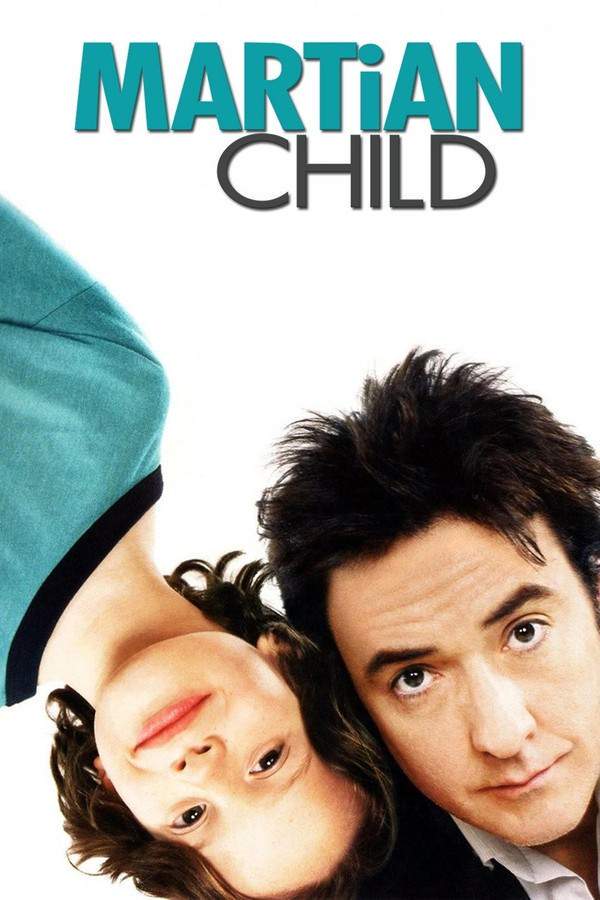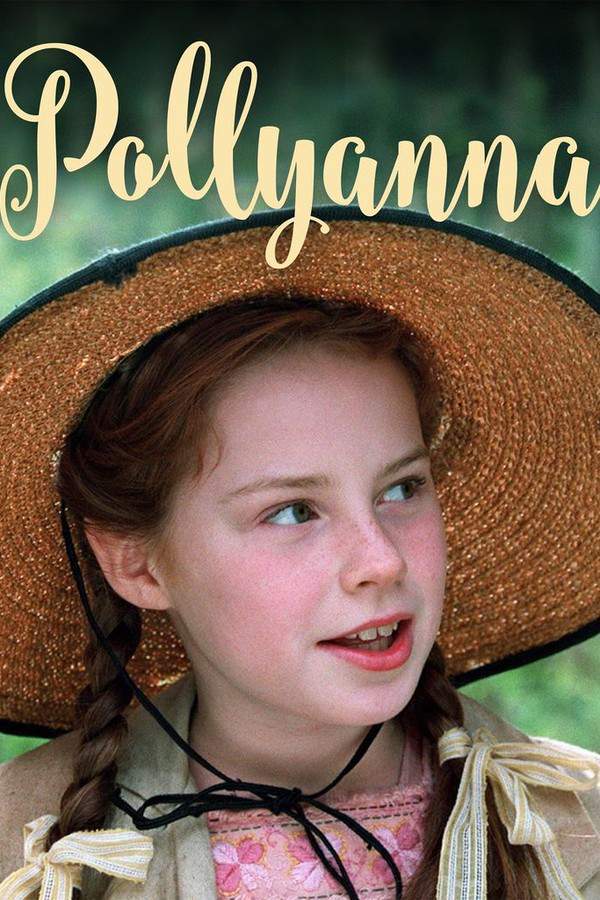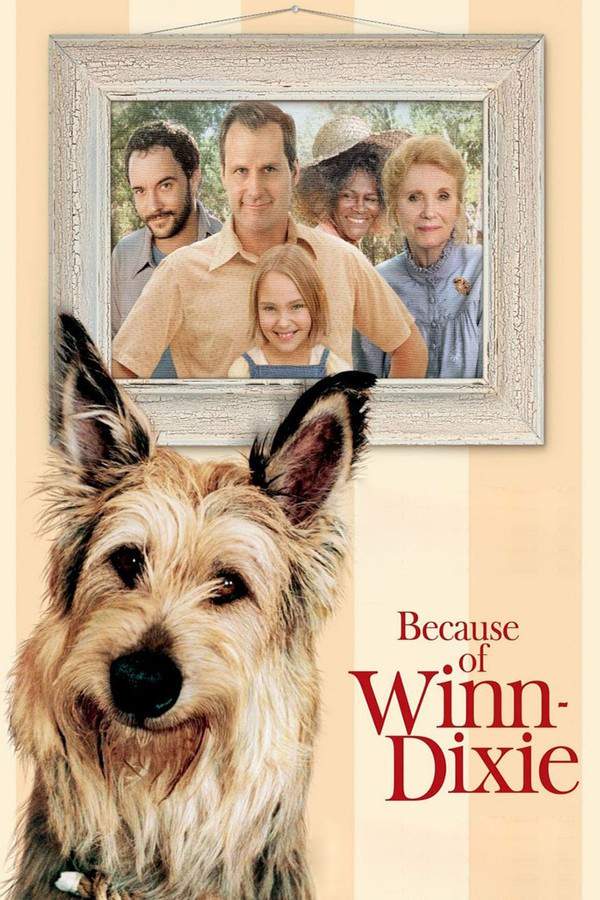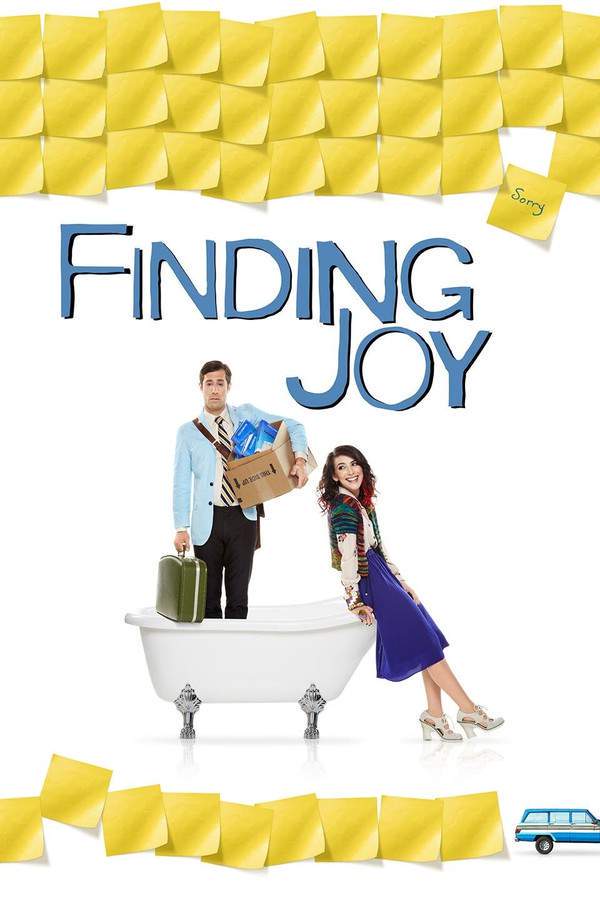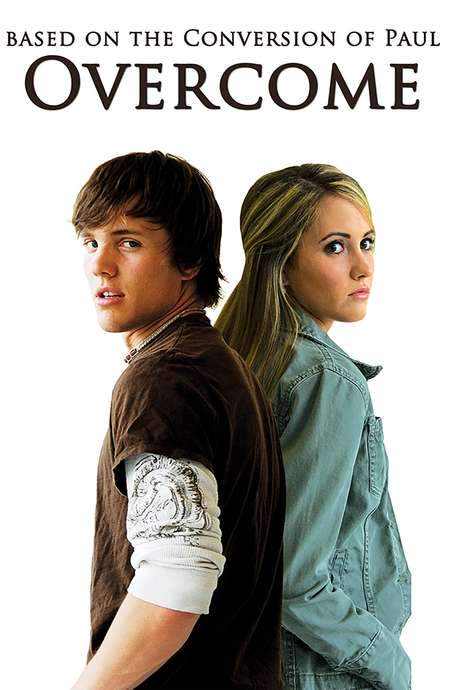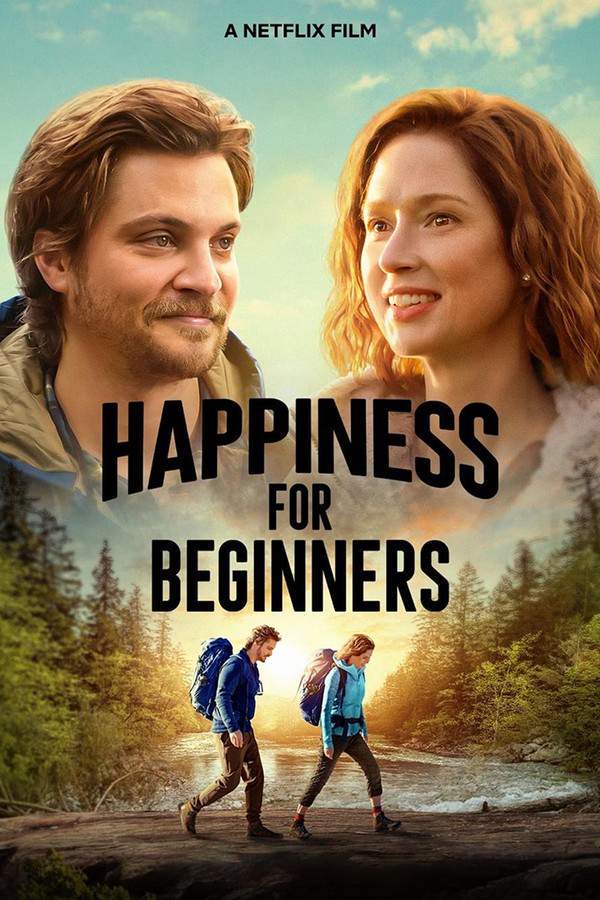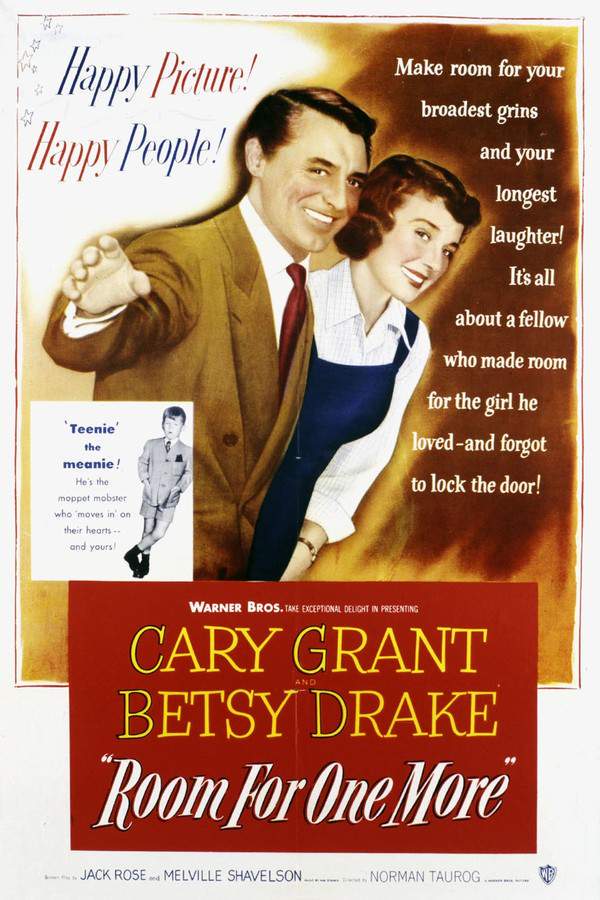
Room for One More
Year: 1952
Runtime: 98 min
Language: English
Director: Norman Taurog
A loving family offers a home to two young people facing difficult circumstances. The Rose family welcomes Jane, a withdrawn girl battling depression, and Jimmy, a spirited boy dealing with physical challenges. Through love, patience, and understanding, the Roses help Jane and Jimmy confront their struggles, discover their strengths, and ultimately find hope for a brighter future, creating a heartwarming story about family and resilience.
Room for One More (1952) – Spoiler-Free Movie Summary & Plot Overview
Get a spoiler-free look at Room for One More (1952) with a clear plot overview that covers the setting, main characters, and story premise—without revealing key twists or the ending. Perfect for deciding if this film is your next watch.
In the quiet town where the Roses make their home, the rhythm of daily life is marked by the clatter of children’s laughter and the steady hum of a modest workshop. Anna Rose feels a lingering ache whenever she passes the local orphanage, a reminder of the countless young hearts still searching for a place to belong. Together with her warm‑hearted husband, George “Poppy” Rose, she has crafted a bustling household that feels both sanctuary and springboard for anyone brave enough to step inside.
When the door opens to welcome a shy, introspective girl, the family’s generous spirit is put to the test. Jane, a thirteen‑year‑old whose quiet demeanor masks deeper struggles, finds herself surrounded by five energetic siblings—Trot, Tim, Teenie, and their ever‑watchful mother—each offering a different shade of acceptance. The Roses’ blend of patience, humor, and unconditional love creates a safe space where walls begin to crumble, hinting at the transformative power of belonging.
Soon another newcomer arrives, a resilient boy with a determined spark despite the challenges of his leg braces. Jimmy‑John carries a mix of anger and curiosity, and the household’s open‑heartedness invites him to explore his own strengths. The film swirls with gentle optimism, painting a portrait of a family that embraces imperfections and nurtures growth. Through soft‑spoken encouragement and shared moments, the Roses illustrate how love can turn fragile hopes into lasting resilience, setting the stage for each child to discover a brighter future hidden just beyond the familiar porch swing.
Last Updated: August 11, 2025 at 07:49
Explore Movie Threads
Discover curated groups of movies connected by mood, themes, and story style. Browse collections built around emotion, atmosphere, and narrative focus to easily find films that match what you feel like watching right now.
Found Family Dramas like Room for One More
Stories of welcoming families providing solace and growth for troubled youth.Discover movies like Room for One More, featuring compassionate stories of families who welcome foster children or troubled youth. If you enjoyed the themes of healing, resilience, and the creation of a loving home, you'll find similar heartwarming films here.
Narrative Summary
These stories follow a linear path of integration, where initial resistance and emotional wounds are gradually soothed through consistent care. The central conflict is often internal, revolving around a character learning to trust and love again, leading to a clearly resolved, positive character arc within a supportive domestic setting.
Why These Movies?
Movies in this thread share a core focus on the transformative power of a nurturing home. They balance serious themes of adversity with an overwhelmingly hopeful tone, steady pacing, and a comforting, low-intensity viewing experience centered on emotional healing.
Gentle Stories of Overcoming Adversity like Room for One More
Quiet, hopeful stories about personal growth against difficult odds.Explore movies similar to Room for One More that depict gentle, character-driven journeys of overcoming adversity. If you liked watching Jane and Jimmy confront their struggles with hope and support, you'll appreciate these uplifting and resilient narratives.
Narrative Summary
The narrative pattern involves a character grappling with a defined struggle, such as a disability, grief, or social isolation. The plot unfolds not through external action but through small, meaningful moments of progress, support from others, and internal realizations, culminating in a satisfying, earned sense of hope and accomplishment.
Why These Movies?
This thread groups films that share a specific emotional mix: they acknowledge sadness and difficulty but frame them within a safe, supportive context. The experience is defined by a steady pace, medium emotional weight that doesn't overwhelm, and a consistently uplifting, hopeful outcome.
Unlock the Full Story of Room for One More
Don't stop at just watching — explore Room for One More in full detail. From the complete plot summary and scene-by-scene timeline to character breakdowns, thematic analysis, and a deep dive into the ending — every page helps you truly understand what Room for One More is all about. Plus, discover what's next after the movie.
Room for One More Summary
Read a complete plot summary of Room for One More, including all key story points, character arcs, and turning points. This in-depth recap is ideal for understanding the narrative structure or reviewing what happened in the movie.

Room for One More Timeline
Track the full timeline of Room for One More with every major event arranged chronologically. Perfect for decoding non-linear storytelling, flashbacks, or parallel narratives with a clear scene-by-scene breakdown.

Characters, Settings & Themes in Room for One More
Discover the characters, locations, and core themes that shape Room for One More. Get insights into symbolic elements, setting significance, and deeper narrative meaning — ideal for thematic analysis and movie breakdowns.

More About Room for One More
Visit What's After the Movie to explore more about Room for One More: box office results, cast and crew info, production details, post-credit scenes, and external links — all in one place for movie fans and researchers.






